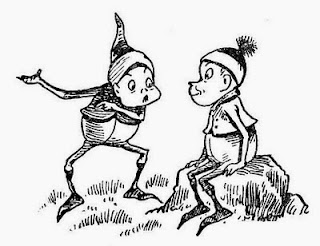Most students study history using only secondary
sources—articles, reference books, and textbooks—all written at some point
after the actual event. Secondary sources tend to interpret or analyze
historical events.
Primary sources, on the other hand, were created during the
time period being studied. They reflect the individual viewpoint of a
participant or observer. Primary sources include autobiographies, diaries,
e-mails, interviews, letters, minutes, news film footage, official records,
photographs, raw research data, speeches, art, drama, music, novels, poetry,
buildings, clothing, DNA, furniture, jewelry, pottery, etc. These sources
enable the researcher to get as close as possible to what actually happened
during an historical event or time period.
Today, the Internet provides access to a wealth of primary
resources. In earlier years, one would have had to travel great distances to
various libraries and museums to gain access to this information.
The American Library Association’s Reference and User Services
Association has posted an article titled Using Primary Sources on the Web, which can be used as an exercise in critical thinking. It provides
information on
- Finding primary sources
- Evaluating primary sources (including, among other things, understanding the purpose of the website where the primary sources are displayed and the credentials of the person who created the website)
- Citing websites appropriately
Repositories of Primary Resources contains links to Internet sites for primary sources all over the world. Want
to find a digitized photo of a street scene in Colorado in the mid-late 1800s?
Do you want to find crime reports for the United States in 1935? Do you want to
see an original score written by Beethoven? Do enough searching on this site
and you will find such information.
The Library of Congress
is in the process of digitizing many of
the important documents in American history. As of the writing of this blog
entry, they have posted documents from 1763-1877.
These are just some of the many sources for primary
resources on the Internet. For a particular topic of interest, do an Internet
search using the subject of your search (e.g., Civil War women) plus the words
“primary source.”



